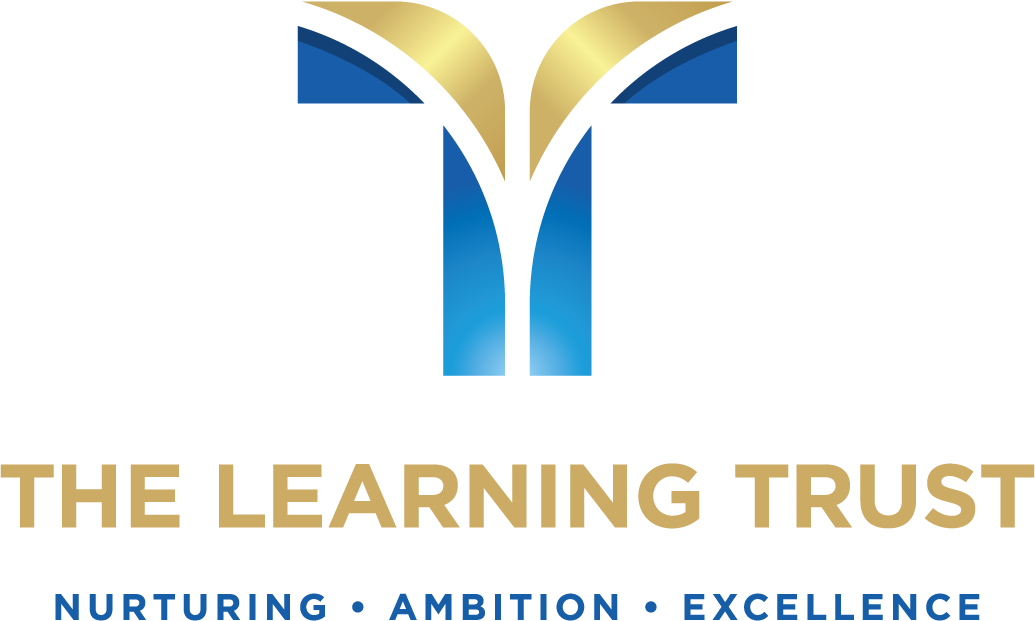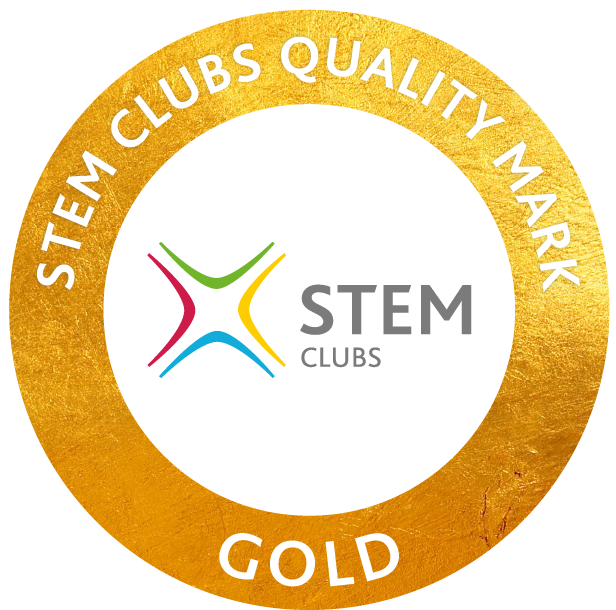Mathematics
| Subject: | Mathematics |
| Contact: | Mrs S Blears-Chalmers |
Curriculum Intent
Key stage 3
Overview
Students in Key Stage 3 are taught in ability groups for Mathematics. Problem solving and real life applications are developed through various teaching strategies using a mastery approach. Students are encouraged to discuss and justify their explanations in order for them to develop their deeper understanding of the concepts.
Curriculum Content
| QPHS Year 7 Maths Curriculum Map | download |
| QPHS Year 8 Maths Curriculum Map | download |
| QPHS Year 9 Maths Curriculum Map | download |
Assessment Criteria
Please find below the assessment benchmarks for Maths. A child progresses across the grid (from A-I) when they demonstrate a deeper knowledge and wider range of skills in each assessment carried out.
Key stage 4
Overview
The Key Stage 4 curriculum follows the Edexcel new GCSE Specification. There are two tiers of entry – Foundation and Higher.
Students are taught in ability groups and build on the foundations of the Key Stage 3 curriculum.
Higher attaining students are given the opportunity to study Further Maths, allowing them to develop higher level thinking in preparation for A-Level studies.
Exam board and course
Maths GCSE – Edexcel
Further Maths Certificate - AQA
Curriculum Content
Key stage 5
Overview
Students that decide to continue studying mathematics after GCSE follow a curriculum that builds on and extends their learning from KS4.
New learning includes Calculus, modelling, statistical analysis and mechanics. Concepts are developed and applied to real life situations.
Curriculum Content
| QPHS Year 12 Maths Curriculum Map | download |
| QPHS Year 13 Maths Curriculum Map | download |
| QPHS Year 12 Further Maths Curriculum Map | download |
| QPHS Year 13 Further Maths Curriculum Map | download |
Enrichment opportunities:
Revision/Homework Club – Thursday after school










